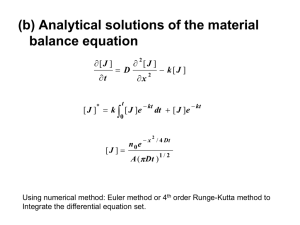Removal of antibiotics from aqueous solutions by date pits
advertisement
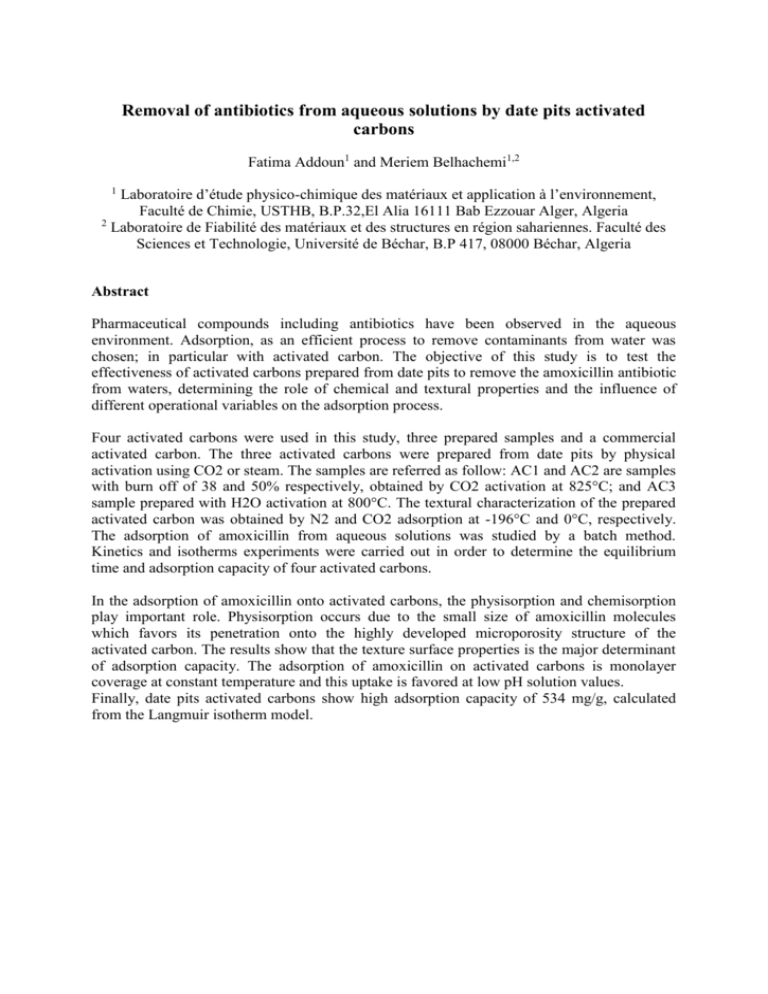
Removal of antibiotics from aqueous solutions by date pits activated carbons Fatima Addoun1 and Meriem Belhachemi1,2 Laboratoire d’étude physico-chimique des matériaux et application à l’environnement, Faculté de Chimie, USTHB, B.P.32,El Alia 16111 Bab Ezzouar Alger, Algeria 2 Laboratoire de Fiabilité des matériaux et des structures en région sahariennes. Faculté des Sciences et Technologie, Université de Béchar, B.P 417, 08000 Béchar, Algeria 1 Abstract Pharmaceutical compounds including antibiotics have been observed in the aqueous environment. Adsorption, as an efficient process to remove contaminants from water was chosen; in particular with activated carbon. The objective of this study is to test the effectiveness of activated carbons prepared from date pits to remove the amoxicillin antibiotic from waters, determining the role of chemical and textural properties and the influence of different operational variables on the adsorption process. Four activated carbons were used in this study, three prepared samples and a commercial activated carbon. The three activated carbons were prepared from date pits by physical activation using CO2 or steam. The samples are referred as follow: AC1 and AC2 are samples with burn off of 38 and 50% respectively, obtained by CO2 activation at 825°C; and AC3 sample prepared with H2O activation at 800°C. The textural characterization of the prepared activated carbon was obtained by N2 and CO2 adsorption at -196°C and 0°C, respectively. The adsorption of amoxicillin from aqueous solutions was studied by a batch method. Kinetics and isotherms experiments were carried out in order to determine the equilibrium time and adsorption capacity of four activated carbons. In the adsorption of amoxicillin onto activated carbons, the physisorption and chemisorption play important role. Physisorption occurs due to the small size of amoxicillin molecules which favors its penetration onto the highly developed microporosity structure of the activated carbon. The results show that the texture surface properties is the major determinant of adsorption capacity. The adsorption of amoxicillin on activated carbons is monolayer coverage at constant temperature and this uptake is favored at low pH solution values. Finally, date pits activated carbons show high adsorption capacity of 534 mg/g, calculated from the Langmuir isotherm model.
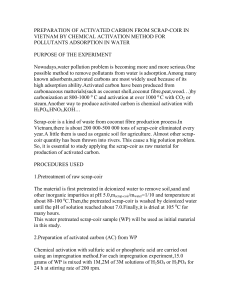
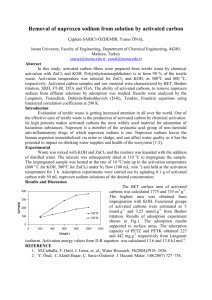
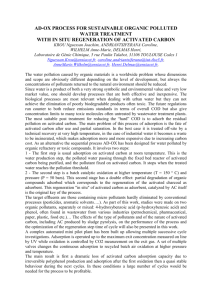

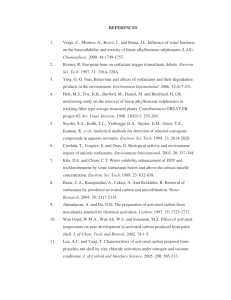




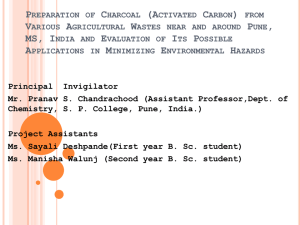
![njc28_publication_7[^]](http://s3.studylib.net/store/data/007444336_1-90bc91a2c5e5c86ca1e693fb6cfd488e-300x300.png)
